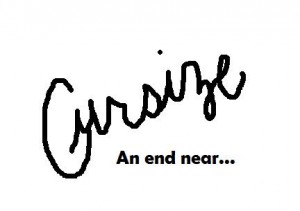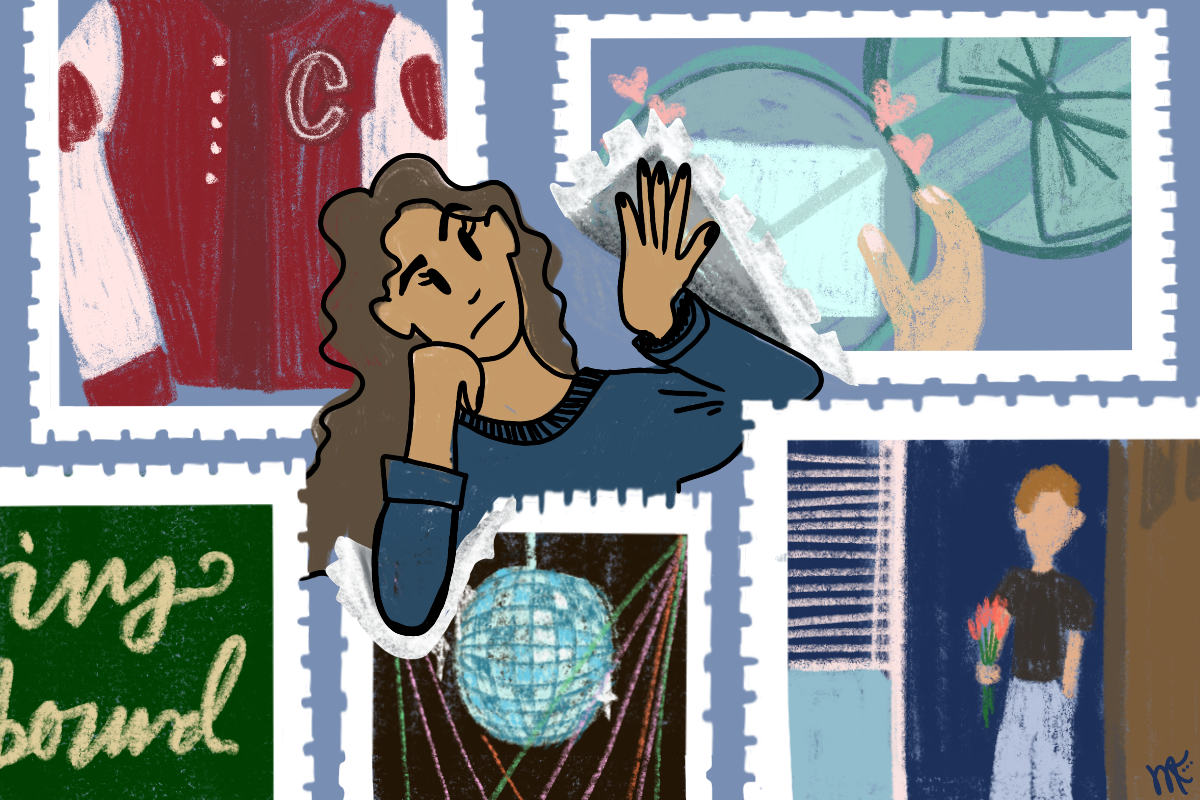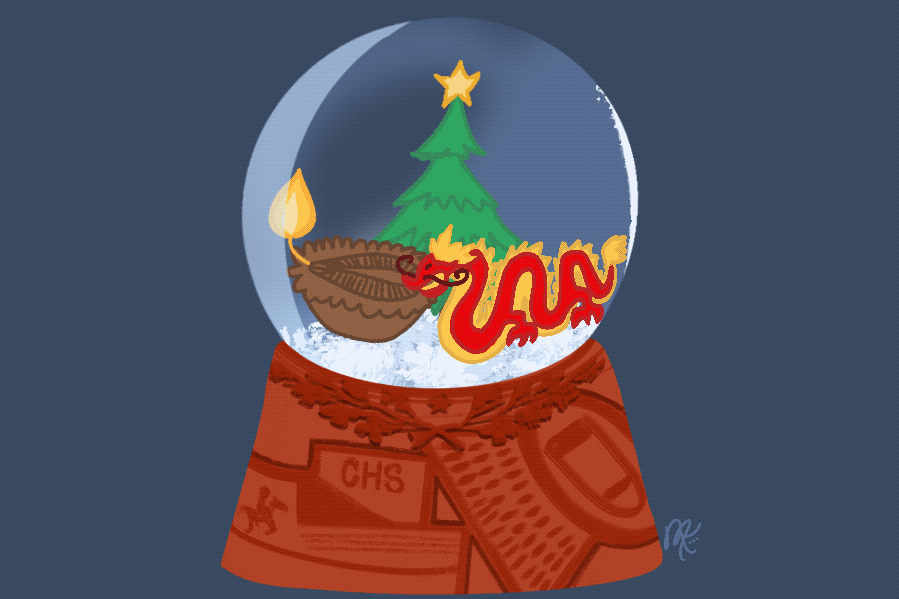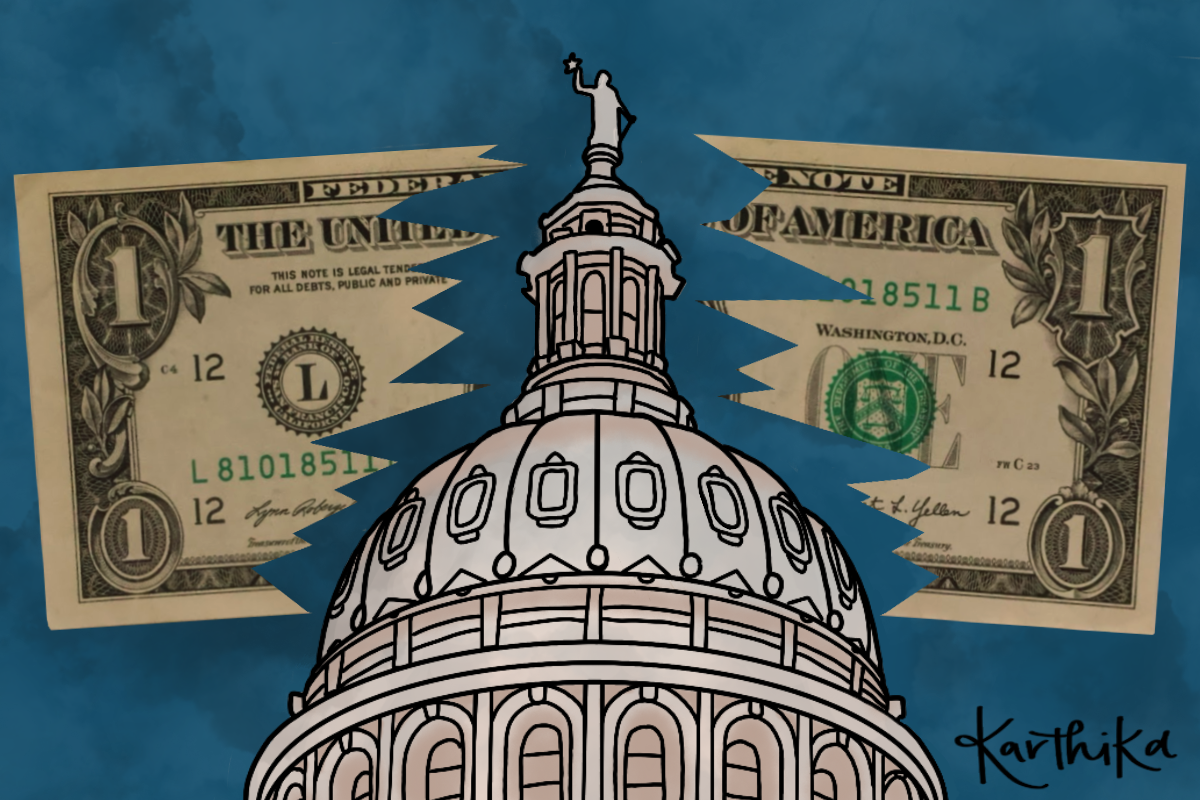Staff Writer
Bluntly put, I am very disappointed with the outcome of cursive. A written art soon to die away because it is without a firm foundation when it was first introduced into society. Cursive lacks the force to replace print. It has no practical application. No advantages. Unfortunately, both are key factors in the preservation of the script.
My memories of elementary school are vague. I remember the first day of school, field day, show-and-tell in kindergarten, career week in fifth grade. Normal events– things every teenager can recall without difficulty. Yet I also have a collection of sophisticated, unique memories that disturb my thoughts. The strong emphasis on cursive. An act of writing that is now endangered, soon to be long gone.
The hundreds of hours of instruction in class, a waste. The hundreds of minutes of practice at home, a waste. The hundreds of seconds of use, a waste.
During the course of my success in elementary school, cursive was a daily necessity on the agenda. It came before math, grammar, science and history. I practiced the act every day with activity worksheets that drilled it into my head, in hopes of permanently engraving the letters. I can guarantee I traced each letter over a million times, a mindless task requiring no intellectual thinking whatsoever. A task which paralyzes children and restricts them from thinking, submitting them to a routine of identical writing.
Precursors of identical thinking, perhaps? Children are deprived of the opportunity to use imagination and creativity or as the saying goes deprived of the ability to think outside the box.
Nevertheless, I admit I was intrigued by the curves of each character, but I am now long past my childish thoughts.
The time I spent engrossed in this manner of penmanship seems to me a wasted effort in an attempt to perfect signatures- the most prominent, not to mention the only, use of cursive today. Yet, even signatures do not exhibit the traditional characters of this style of penmanship. There are numerous additions: modifications of letters, random loops, fancy lines and zigzags tagged to the end. It will not preserve the script unfortunately because letters are increasingly being substituted by its contemporary variations.
Last year, I knew a few who exercised this lost art, several who merged it with print, and countless students who completely ignored it. It seems the end of the 20th century brought the end of cursive.
I have often come across the argument that cursive speeds writing up, but how often is it that you see students exercising this act during timed assignments? For me, never. Never do I see a paper turned in with the letters flowing, connected. I’ll just assume it has never crossed the minds of students that writing cursive might be more efficient.
I assume the difficulty in reading cursive also contributed to the end of the practice. The fact that individuals tend to slop their writing along with the already-present hardship in analyzing cursive discourages individuals. I partake in this scrutiny of attempting to decipher the code of cursive. A perilous task requiring more effort than I can give.
The many setbacks of cursive discourage me from utilizing the act of cursive. I suppose it will conclude by the end of the next decade replaced by the emerging use of the computer which will even overpower writing by pencil. I claim the first signs are visible: papers requiring to be typed not only in legal matters and business but also in schools, arguments that writing is hard to read although it simply represents individuality, technology overpowering teaching in schools.









